Is Chocolate the Secret Ingredient in Mexican Sauce? You’ll Be Surprised!
If you're a food lover who’s ever tasted mole poblano, you know there's something deeply magical about the way Mexican sauce chocolate transforms savory dishes. But is it really just for desserts?
Table of Contents
- The Role of Chocolate in Mexican Sauces
- Types of Chocolate Used in Mole and Other Sauces
- Why Chocolate Works So Well in Spicy Sauces
- How to Use Mexican Sauce Chocolate at Home
- Buying Guide: Best Mexican Chocolate Brands for Sauces
- Modern Twists on Traditional Chocolate Sauces
- Final Thoughts
The Role of Chocolate in Mexican Sauces
When most people think of chocolate, they imagine sweet treats — cakes, truffles, or maybe even hot cocoa. But in Mexico, chocolate plays a starring role in savory cuisine too.
Mole, particularly mole poblano, is the classic example where chocolate blends with chiles, nuts, spices, and bread to create a complex, deep-flavored sauce. It’s not about sweetness; it’s about richness, depth, and balance.
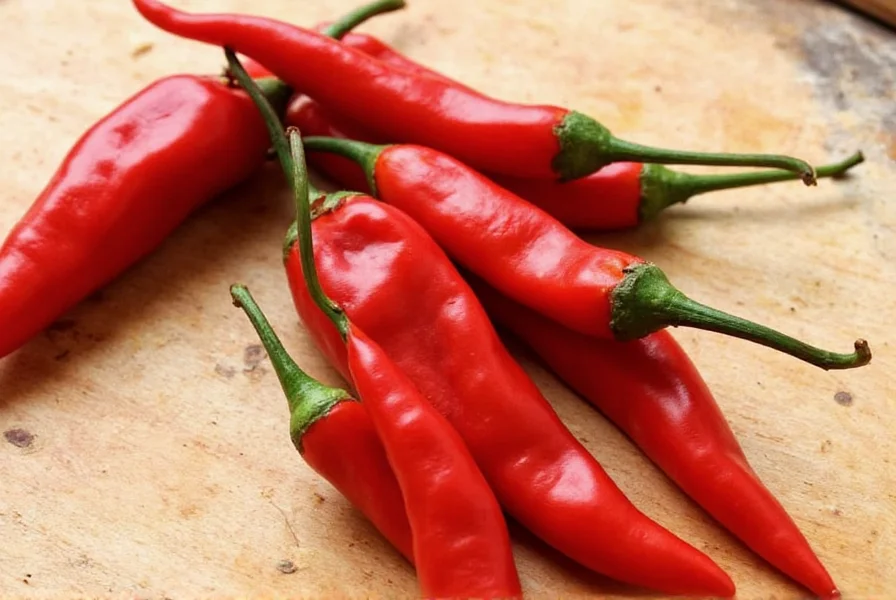
The Origin Story
Mole has its roots in colonial-era Mexico, where indigenous cooking techniques met European ingredients like almonds, bread, and yes — chocolate. The result was a sauce unlike anything else in the world.
The addition of chocolate helps mellow out the heat from dried chilies while enhancing umami and body. It's the secret ingredient that brings everything together.
Types of Chocolate Used in Mole and Other Sauces
Not all chocolates are created equal — especially when it comes to Mexican sauces. Here’s a breakdown of the most common types used:
| Type of Chocolate | Description | Flavor Profile | Best For |
|---|---|---|---|
| Chocolate de Mesa | Dense, slightly bitter tablets often spiced with cinnamon and vanilla | Rich, earthy, with warm spice notes | Traditional mole recipes |
| Dark Chocolate (70%+) | Bitter-sweet bars made primarily from cacao solids and sugar | Deep, intense cacao flavor | Modern moles and fusion sauces |
| Cocoa Powder | Processed cacao solids without the fat | Bitter, concentrated chocolate taste | Lighter sauces and broths |
| Semi-Sweet Chocolate Chips | Commonly found in North American kitchens | Sweet, with moderate bitterness | Casual home cooking or quick sauces |
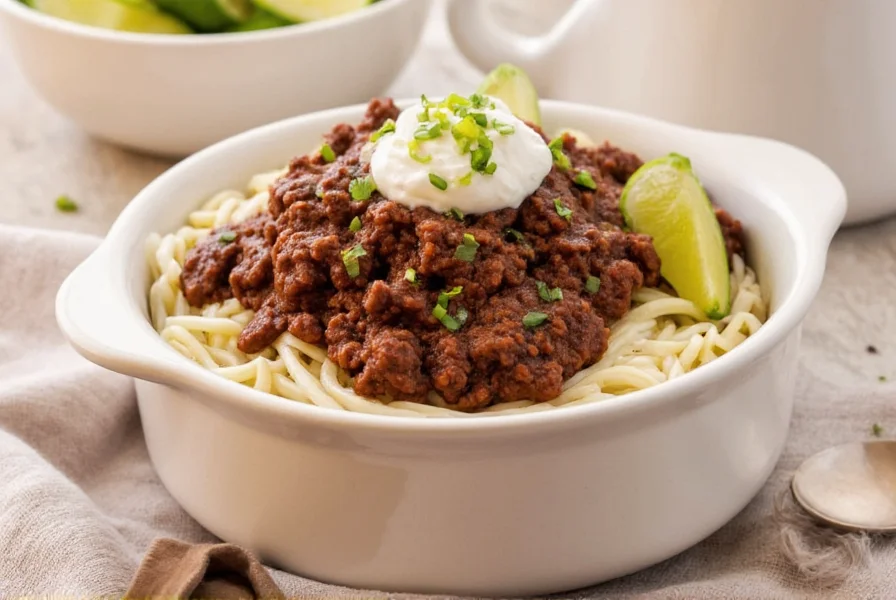
Pro Tip
Look for chocolate labeled “para mesa” or “for grinding” if you want the most authentic experience. These are designed to melt smoothly into sauces without becoming grainy or overly sweet.
Why Chocolate Works So Well in Spicy Sauces
Let’s talk science — but don’t worry, we’ll keep it short and delicious.
Chocolate contains natural compounds like theobromine and polyphenols that can counteract the burn from capsaicin, the active compound in chili peppers. That means when you add a bit of chocolate to your sauce, it softens the spice without masking it entirely.
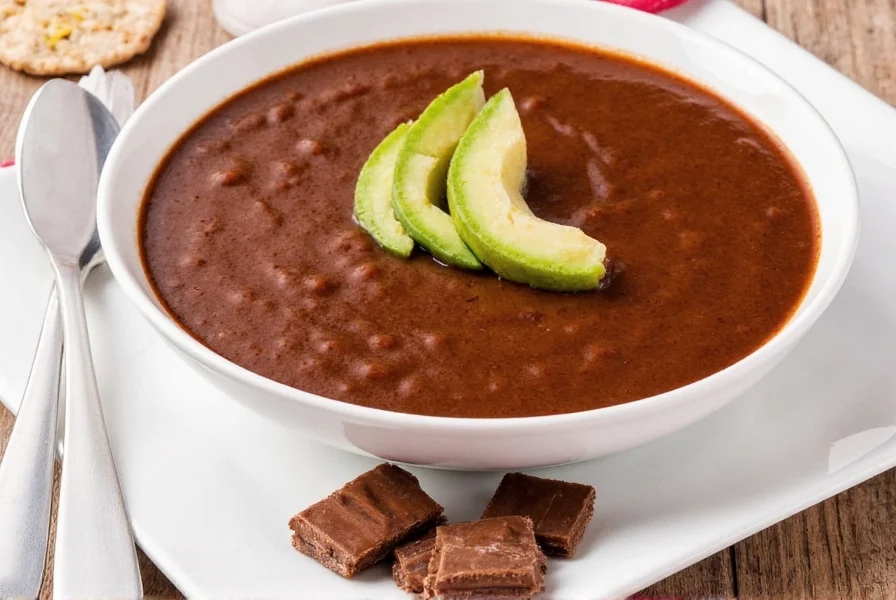
In mole, this balance is crucial. A good mole should have layers of heat, acidity, sweetness, and richness — all harmonizing like a symphony of flavor.
Flavor Layering Explained
- Heat – From dried chiles like ancho, pasilla, or mulato
- Smokiness – Often introduced via toasted tortillas or charred tomatoes
- Nutty – Almonds, sesame seeds, or peanuts bring depth
- Umami – From ingredients like bread, plantains, or broth
- Richness – That’s where chocolate steps in
How to Use Mexican Sauce Chocolate at Home
You don’t need a degree in culinary arts to work with chocolate in sauces. Here are some simple yet effective tips:
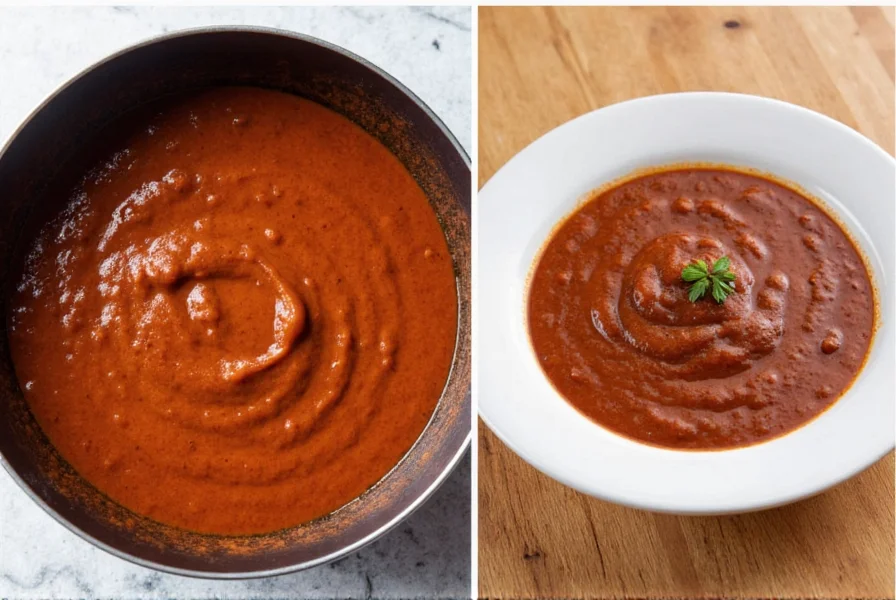
Tip #1: Grind It Finely
If using solid chocolate tablets (like Abuelita or Ibarra), grind them before adding to your sauce. This ensures a smooth texture and better integration into the liquid base.
Tip #2: Melt It Slowly
Always melt chocolate slowly over low heat. If it gets too hot, it can seize or become grainy.
Tip #3: Balance With Acid
A splash of vinegar or lime juice lifts the flavor and keeps the dish from feeling heavy.
Tip #4: Add It Last
Chocolate should be added toward the end of cooking to preserve its delicate flavor profile.
Buying Guide: Best Mexican Chocolate Brands for Sauces
Ready to start cooking with Mexican sauce chocolate? Here’s a breakdown of popular brands you’ll find in stores or online, along with their pros, cons, and ideal uses.
| Brand | Features | Pros | Cons | Use Cases |
|---|---|---|---|---|
| Abuelita | Pre-ground chocolate disks with cinnamon and sugar | Convenient, flavorful, widely available | Sweet for traditional use; may require balancing | Mole, hot chocolate, sauces with mild spice |
| Ibarra | Classic chocolate tablets with a rustic texture | Authentic flavor, easy to grate | Can be gritty if not melted properly | Traditional mole, stews, braises |
| Mayordomo | Handmade chocolate with optional spices | High quality, customizable, artisanal | Harder to find, more expensive | Special occasion mole, gourmet dishes |
| El Rey | Venezuelan brand with strong cacao presence | Rich, dark flavor, minimal sugar | Less traditional, harder to find | Fusion moles, bold sauces |
| Licor 43 Chocolate | Infused with citrus and spices | Unique flavor profile, great for creative use | Pricier, not always for purists | Cocktail sauces, dessert-based savory hybrids |
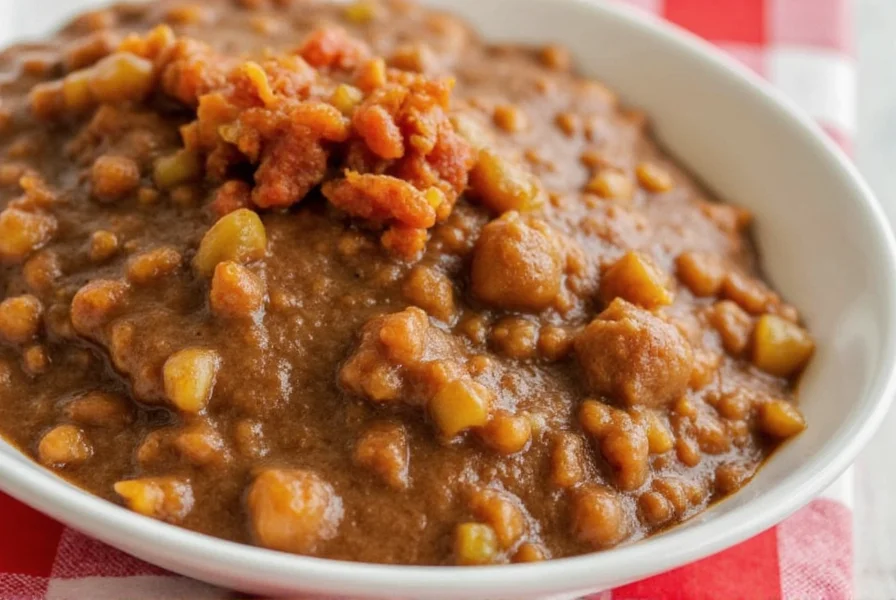
Who Should Buy What?
- Beginners: Start with Abuelita — it’s affordable and forgiving.
- Home Cooks: Try Ibarra for a balance of authenticity and accessibility.
- Foodies: Splurge on Mayordomo for artisanal results.
- Adventurers: Go for El Rey or Licor 43 for unique spins.
Modern Twists on Traditional Chocolate Sauces
The beauty of Mexican sauce chocolate is that it’s not stuck in the past. Chefs around the world are experimenting with it in exciting new ways.
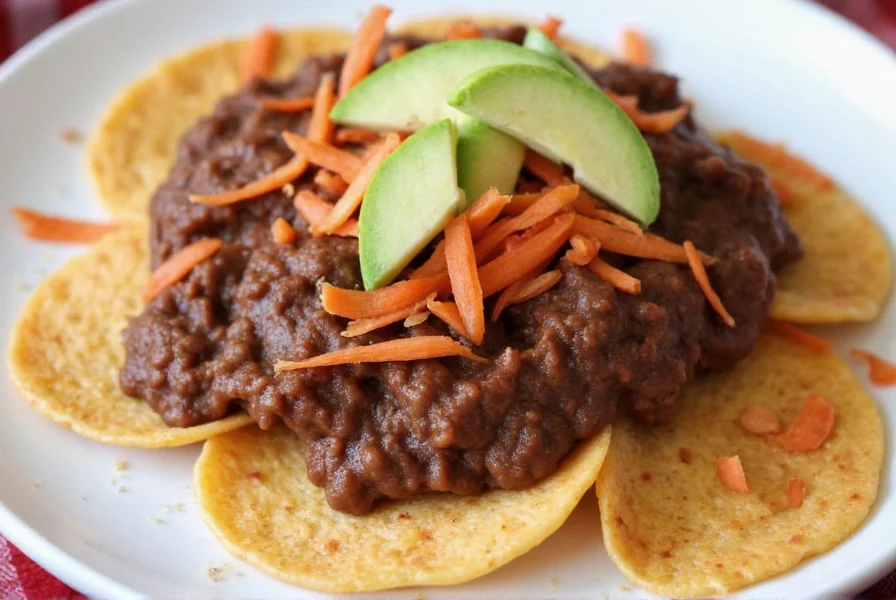
Chocolate Chimichurri?
Imagine a vibrant chimichurri infused with just a hint of dark chocolate — it adds body and depth without overpowering the fresh herbs.
Spicy Chocolate Glaze
Perfect for grilled meats or tofu skewers, a glaze made with Mexican chocolate, chipotle, and a touch of soy can turn a basic dish into something extraordinary.
Smoked Chocolate Salsa
Blend roasted tomatoes, smoked paprika, a pinch of cinnamon, and grated Ibarra chocolate for a surprising yet balanced salsa perfect for dipping or drizzling.
Final Thoughts
So, is chocolate just for desserts? Absolutely not — especially in Mexican cuisine. Whether you’re making a classic mole or playing with contemporary flavor combinations, Mexican sauce chocolate opens up a whole new dimension of taste.
From the historical significance to the scientific magic behind its pairing with spice, chocolate continues to surprise and delight us in the kitchen.
Now that you’ve got the scoop, it’s time to roll up your sleeves and try one of these recipes. Or better yet — make up your own. Who knows, you might just invent the next big thing in chocolate-based sauces!
Got questions? Share them below! And remember — in the world of spice, chocolate is no bystander. It’s a full-on flavor player.

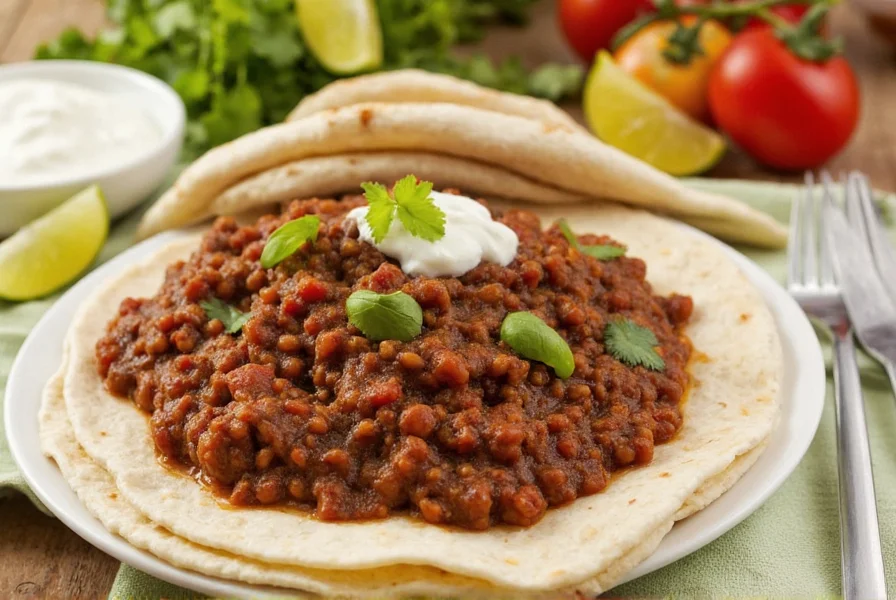









 浙公网安备
33010002000092号
浙公网安备
33010002000092号 浙B2-20120091-4
浙B2-20120091-4